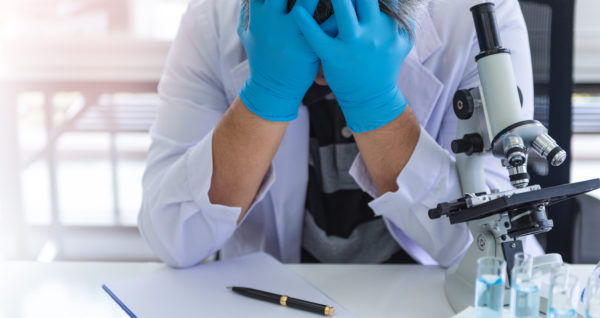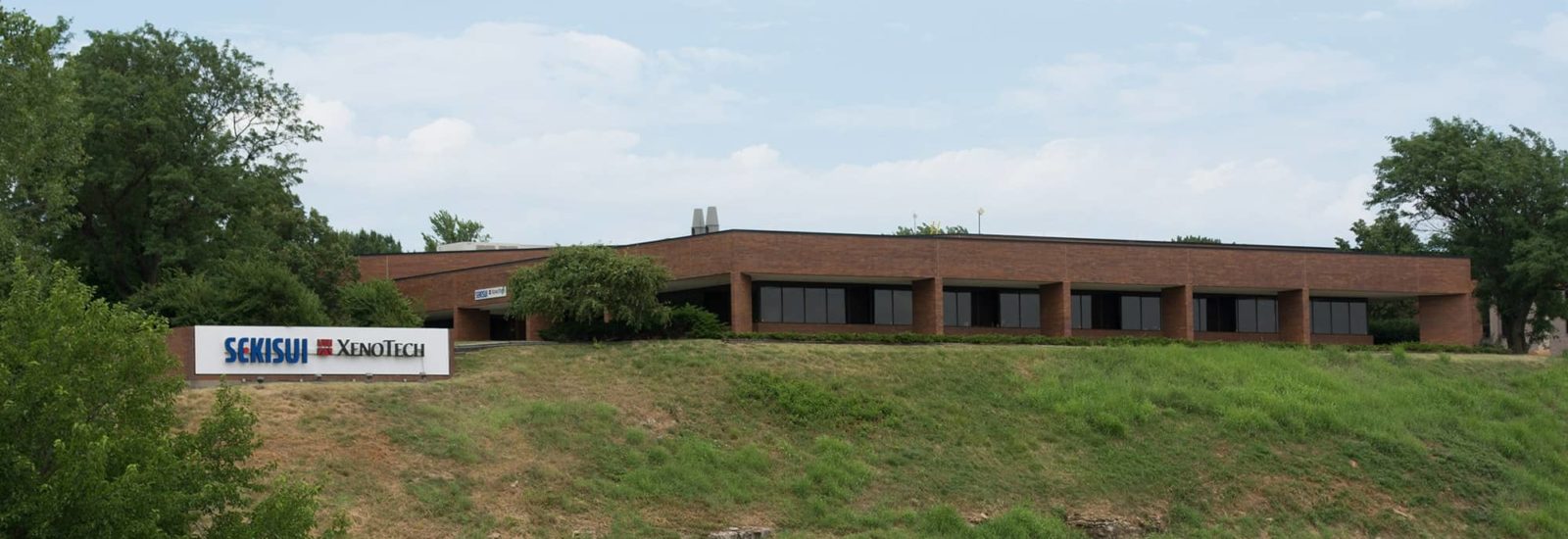
GLP / Non-GLP in Vitro & Ex Vivo Studies
What we mean — a few definitions
In vitro non-clinical laboratory study
A test article is applied to tissue or tissue-derived material (such as subcellular fractions) in a test tube, plate, etc.
- Example: Enzyme induction studies in cultured human hepatocytes enzyme inhibition studies with human liver microsomes or recombinant enzymes and reaction phenotyping (enzyme mapping) with human hepatocytes human liver microsomes and recombinant enzymes
Ex vivo non-clinical laboratory study
A test article is administered to a laboratory animal in vivo, after which organs or tissues are removed and analyzed in vitro for enzyme induction, etc.
- Examples: enzyme induction studies in mice, rats, dogs or monkeys, often conducted as part of a 14-day toxicity study in the same species.
Control article
Any food additive, color additive, drug, biological product, electronic product, medical device for human use, or any article other than a test article, feed, or water that is administered to the test system in the course of a nonclinical laboratory study for the purpose of establishing a basis for comparison with the test article
- Note: Positive and negative controls used to show that the test system is responsive under the actual conditions of the assay may not necessarily be categorized as control articles per GLP regulations.
Specimen
Any material derived from a test system for examination or analysis
- Example: microsomes isolated from cultured hepatocytes treated with a test or control article.
Organization and personnel
- As per GLP regulations for non-clinical studies, XenoTech assigns specific responsibilities to: study personnel, study director, facility management, quality assurance unit (QAU) and archivist. These responsibilities are outlined in SOPs (standard operating procedures). The study personnel, study director, facility management and archivist roles are equally applied to non-GLP studies.
- We provide adequate facilities, equipment, training and resources for the conduct of in vitro and ex vivo studies.
- XenoTech management ensures that any corrective actions taken to protocols or SOPs and any GLP deviations are handled appropriately and documented.
- One study director is responsible for the conduct of each GLP-compliant or non-GLP study and acts as the study’s single point of control.
- Our quality assurance unit (QAU) monitors GLP studies, reporting to management and the study director. The QAU does not monitor non-GLP studies or records, unless otherwise directed in the protocol. However, the QAU does perform facility and process-based inspections of all facility operations to ensure that no deviations were made without proper documentation and authorization. The QAU also maintains copies of all GLP-compliant and non-GLP (audited) protocols and a master schedule sheet (MSS) of all GLP-compliant and non-GLP (audited) studies conducted at the facility.
Facilities
- As per GLP regulations, XenoTech provides facilities adequate for each study.
- We maintain custom-designed, procedure-specific laboratory areas for:
- Test article and control article receipt
- Test article and control article storage
- Solution preparation
- Microsome preparation
- LC-MS/MS analysis
- Sterile and aseptic procedures
- Biohazard procedures
- XenoTech does maintain on-site facility archives, but not specimen archives. At the close of a study, specimens may be shipped to the sponsor or another designated storage location, or they may be disposed of at the sponsor’s request. These procedures are the same for both GLP-compliant and non-GLP studies.
- XenoTech does not typically retain specimens, as in-life study segments (dosing to observation) typically last less than four weeks.
Standard operating procedures
- XenoTech maintains SOPs covering laboratory operations listed in the GLP regulations. These procedures cover both in vitro and ex vivo studies.
- Additional SOPs cover experimental methods and procedures specific to drug metabolism and drug interaction studies.
- QAU reviews all new and revised SOPs.
- Management approves all new and revised SOPs.
- An archive is maintained for all historical versions of SOPs.
- Hard copies are available in laboratories and electronic SOPs are available at all workstations. With a few exceptions, the same SOPs support the conduct of both GLP-compliant and non-GLP studies.
Equipment
- Study personnel use the same laboratories and equipment for all contracted studies. Thus maintenance, calibration, testing and record keeping are equally applied to all studies in order to maintain the equipment in proper regulatory compliance.
- Appropriate equipment is maintained for in vitro and ex vivo study procedures.
- XenoTech’s Department of Maintenance & Metrology inspects, cleans and maintains equipment, as detailed in XenoTech’s equipment SOPs.
- Verification and calibration are conducted in-house by study personnel or maintenance and metrology personnel, or these tasks are performed by equipment vendors or specialized contractors as necessary.
- Where applicable all equipment use is documented in instrument logbooks. Records of equipment inspection, maintenance, testing, calibration and standardization are archived and retained.
Test and control articles
- Full characterization of test and control articles is not required for non-GLP studies.
- Test and control articles are assigned internal tracking numbers. Information on test article receipt and distribution are stored in a central location and are archived as facility records. Copies are maintained in the study records.
- XenoTech does not retain test and control article samples, as in-life study segments (dosing to observation) typically last less than four weeks. Test and control articles remaining after the study’s end are returned or destroyed, per the sponsor’s request.
- Test dosing solutions are analyzed for concentration and stability for GLP-compliant studies; this analysis is not required for non-GLP studies. The sponsor may provide information on the stability of test solutions; however, if the stability is unknown and XenoTech has not characterized it, we prepare fresh solutions daily.
Protocol and study conduct
- XenoTech conducts contract studies according to the applicable GLP regulations and the protocol.
- Preprinted forms with selected data are verified prior to the conduct of any study. The same documentation requirements are applied to both GLP-compliant and non-GLP studies.
Reporting
- XenoTech prepares a final report summarizing study methods and results, including applicable components listed in the GLP regulations and study protocol.
- In a GLP-compliant study report, we include a compliance statement stipulating the regulations followed in the conduct of the study and any GLP deviations that occurred. Protocol deviations are reported for both GLP-compliant and non-GLP studies.
- In a GLP-compliant study report, we include a quality assurance statement identifying the audits conducted during the course of the study. Quality assurance statements are also included for non-GLP studies involving QA.
- Corrections or changes to a final report for both GLP compliant and non-GLP studies are only made through amendment as described in the GLP regulations, with prior approval from the sponsor.
- XenoTech offers alternatives to preparing a complete final report for a non-GLP study, such as a data summary or other simplified version, according to the sponsor’s requirements as specified in the protocol.
Records storage, retrieval and retention
- We archive and maintain all study records in a facility archive. The records are indexed and stored either at our facility or transferred to an offsite commercial archive facility.
- XenoTech stores records from GLP-compliant studies in fire-resistant cabinets within its restricted access archive room, when space is available. Access to the archives is controlled, and all access to the archive room and archived records is documented and logged.
- Records from non-GLP studies are stored in the same archive room with controlled access.
- GLP studies require record retention from the time the sponsor applies for a permit or submits required documents to the FDA. Sponsors may request a specific retention period for study records at XenoTech or may request that records be transferred to them after a designated period of time. Otherwise, XenoTech follows standard record retention policies based on the specific SOP or default time periods.
Electronic record and electronic signatures
- XenoTech instruments, software and networked environment generate electronic records and signatures. Relevant FDA 21 CFR Part 11 regulations are applied differently in a GLP-compliant versus a non-GLP study.
- Computerized systems used in GLP- compliant studies must meet all Part 11 requirements including validation and electronic signatures, whereas computerized systems used in non-GLP studies may not be validated or include electronic signatures.
- XenoTech maintains a computerized system master list identifying all systems and their validation status. Individual system SOPs cover the use of electronic signatures and the maintenance of electronic records.
Bioanalytical method validation
- XenoTech SOPs define how FDA guidelines are applied in bioanalytical methods validation.
- All methods used in GLP-compliant studies must be validated. Methods are tested for accuracy, precision, selectivity, sensitivity, reproducibility and stability.
- Routine sample analyses are conducted using quality controls (QCs) to accept and reject runs for GLP studies, or upon request.
Non-GLP studies may follow methods that have not been validated. Typically, the same methods validated for GLP-compliant studies are used for non-GLP studies; however, in non-GLP studies, QCs are not necessarily used to accept or reject each batch.
Do your studies need to be GLP?
Read more about the differences between GLP and non-GLP


